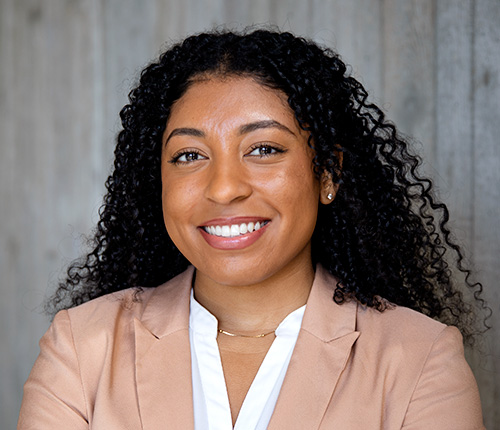By Alyssa M. Mitchell
Alyssa has a passion for affordable housing and cultural architecture that provides a beneficial impact on surrounding communities. She is currently working on Laurel Village, graduate student housing for families, where she supports project design and documentation. Alyssa is an active member of NOMA NW, and a Co-Chair of AIA Seattle Diversity Roundtable.
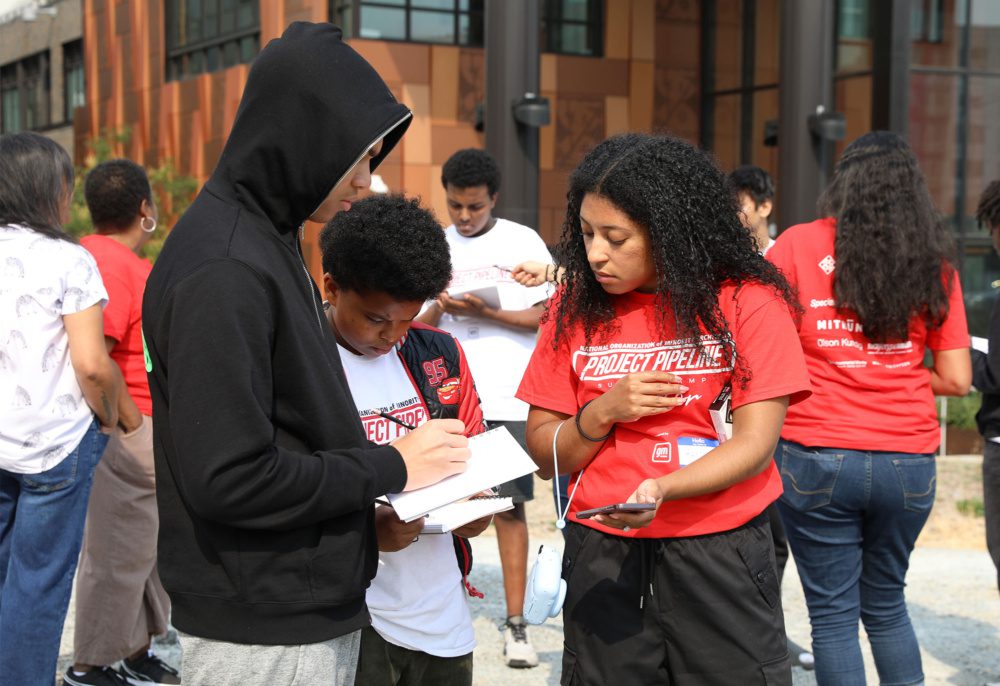
Alyssa M Mitchell mentoring her third year at Project Pipeline Architecture Camp
One of my motivators as an Architect is the potential for positive impact on my local community. This is a concept that can resonate with all people who interact with space and buildings. The question, “how can we build up our community within the current urban fabric?” was the question we posed to our next generation of architects at this year’s NOMA Northwest (NOMA NW) Project Pipeline Architecture camp. I am honored to serve as a mentor for the third in-person camp hosted in Seattle.
Project Pipeline is a national program created by the National Organization of Minority Architects (NOMA) with the mission to “empower young people to affect change in their community through design,” aiming to increase the number of Black architects by targeting the middle and high school stages of the pipeline.
A new location
This year, Project Pipeline moved from the University District to the University of Washington’s Othello Commons in Rainier Valley, allowing it to better reach local students of color. Fifteen students participated in the week-long program, immersing themselves in the world of architecture with a focus on community-based design, and UW’s Othello Commons provided an ideal space for students to observe and explore the surrounding neighborhood.
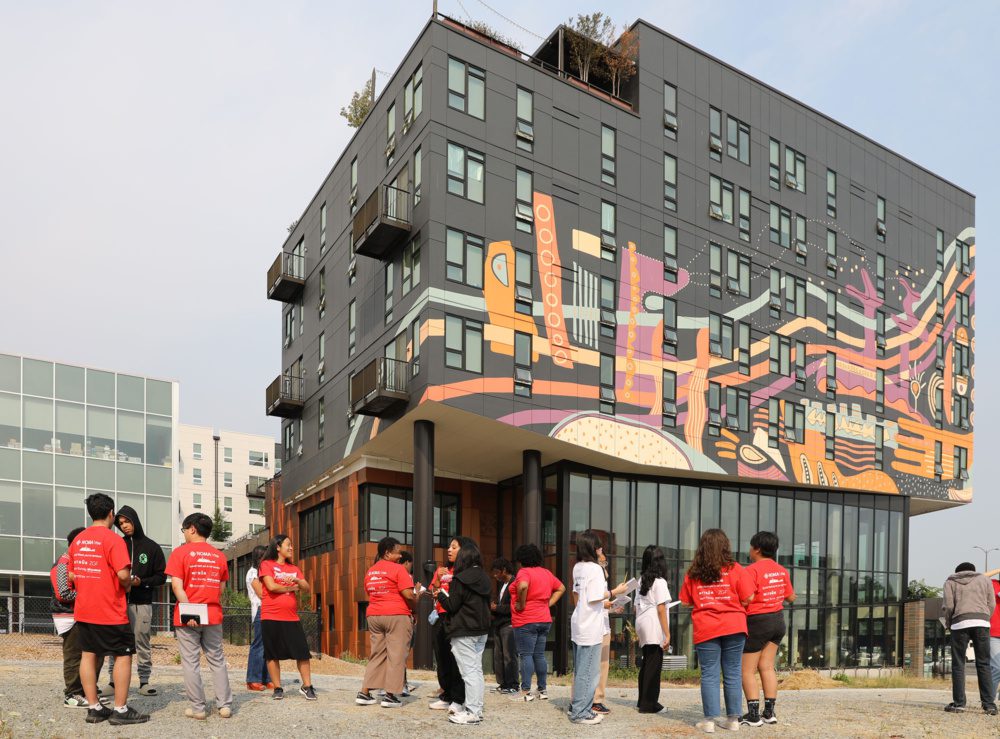
Students and mentors observing the vacant lot adjacent to Weber Thompson’s project, Orenda.
The intersection of MLK Jr Way and S Othello St provided a great case study for a bustling transit oriented development adjacent to the light rail while also being surrounded by a quiet residential neighborhood. Camp organizers took advantage of a vacant lot adjacent to Weber Thompson’s Orenda project as this year’s design site.
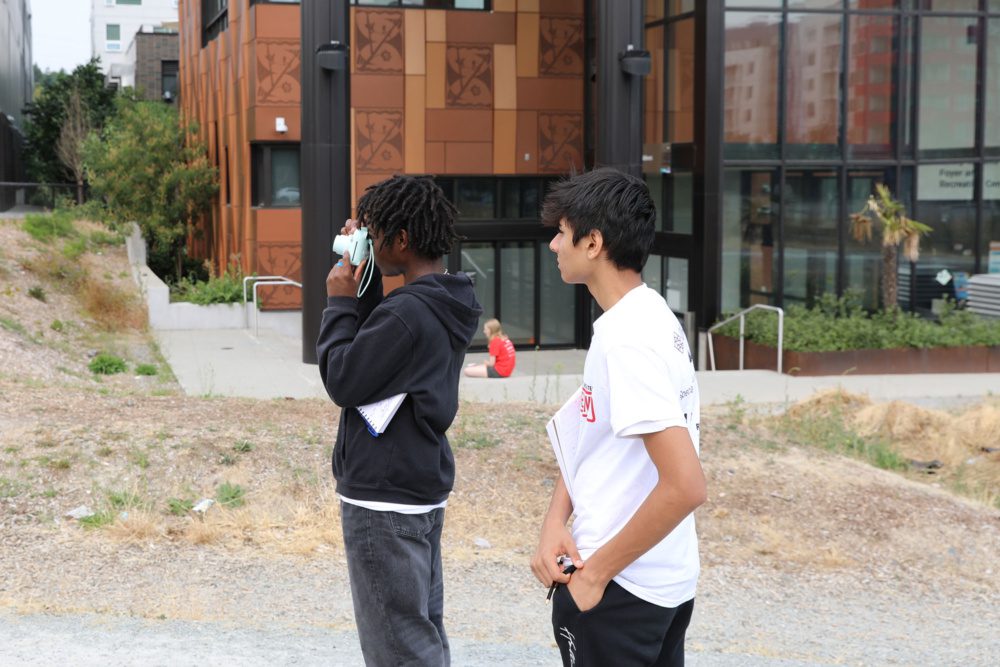
Students observing and photographing different aspects of the community.
Designing for the community
Before beginning the design process, students were asked to observe their surroundings by noting building typologies, street types, noise levels, natural landscapes, community members, and other streetscape features. These observations led to discussions about who the community serves, prompting students to reflect on the following questions:
- What do you see in this community?
- What is missing from this community?
- Whose needs are met in this community?
- Whose needs are not met in this community?
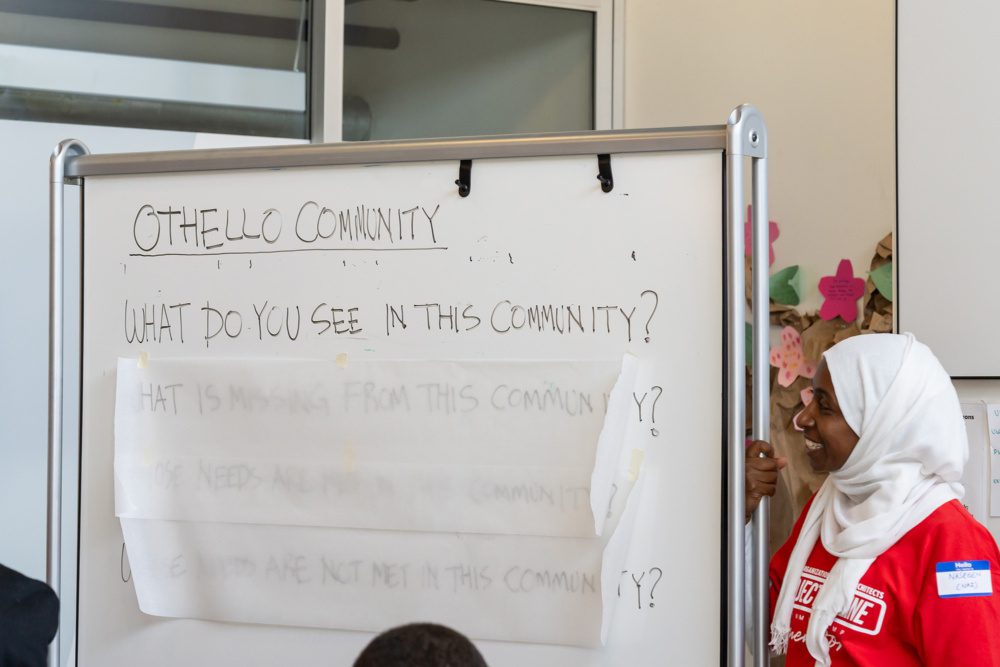
Nasreen Al Tamini, NOMA NW Project Pipeline Coordinator, presenting the community design process.
As the students began to understand the neighborhood context, they were presented with this year’s design prompt: How could this vacant lot be used to better serve the community?
The responses varied, but all students found design solutions that provided missing community resources, including basketball courts, pools, clinics, shopping, food options, and more. The young designers also incorporated lessons of scale and massing to be mindful of the existing architecture that surrounds the site.
A vacant lot imagined as a vibrant community
On the final day of camp, peers, parents, and volunteers cheered on each group as they presented their thoughtful work, which included a design inspiration board, a site model, and a detailed building model of their final design. Their creativity shone through the various modeling techniques they used. Each model was filled with color and texture, incorporating chipboard, colored paper, grass, pom-poms, and anything else they could get their hands on. Every design exploration demonstrated a deep care for and understanding of the adjacent community, exemplifying the progress made throughout the week.
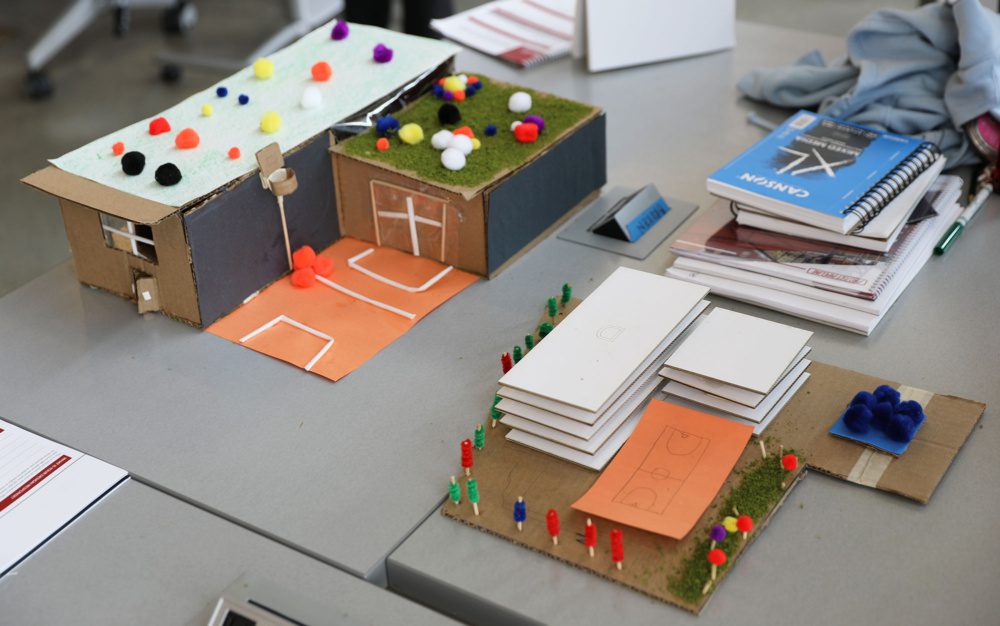
Models made by the students showcased their creativity and were filled with color and texture.
Every year, I am honored and inspired by the enthusiasm the students show and the care that goes into their design solutions. While the presentations are the culmination of all their hard work, the day-to-day lessons are where I see the real fun take place. I enjoy watching the students jump from silly to shy, to thoughtful to creative, at any given moment. Connecting with returning students and volunteers is something I look forward to each year—it’s a true testament to the strong community NOMA NW Project Pipeline is building.
Much like the tasks we give to our students, NOMA NW is committed to iterating on our program design to better serve them. Since its inception, we have continually evolved the program in response to community feedback to better meet our mission to “empower young people to affect change in their community through design.” The Project Pipeline Camp is essential to building up the foundation for the Architects of tomorrow. I hope to continue to see firms and volunteers support this program for years to come.
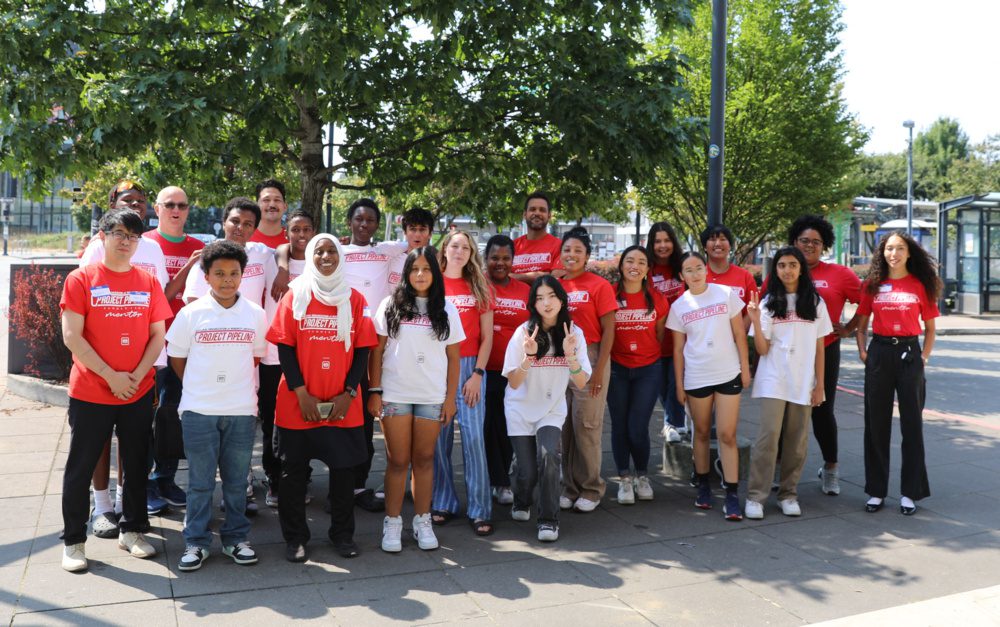
Group photo of the 2024 Project Pipeline mentors and students.
For more information visit the NOMA NW website.
